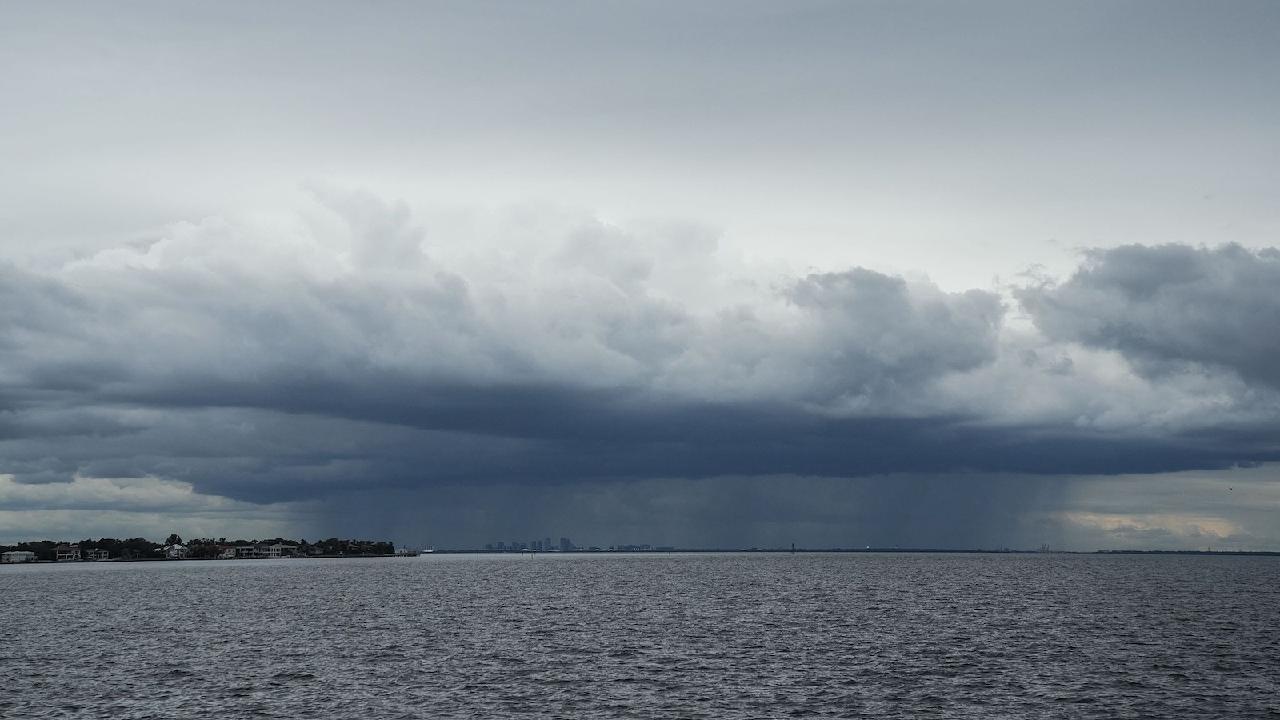Key Facts About Hurricane Milton as It Approaches Florida
Essential information regarding Hurricane Milton as it approaches Florida.

Milton regained Category 5 status on Tuesday afternoon, posing a threat to the Tampa Bay area, home to over 3.3 million residents, which has not experienced a direct hit from a major hurricane in over a century. Additionally, the storm is targeting regions along Florida's west coast that were already hit hard by Helene on September 26.
Traffic congestion was notable on Wednesday as residents evacuated from the Tampa area ahead of Milton. Crews along the coastline rushed to remove debris left by Helene to prevent it from becoming hazardous projectiles during Milton’s approach.
Forecasters at the National Hurricane Center issued warnings that Milton is "expected to be a dangerous major hurricane" when it reaches the Florida coastline.
Regarding Milton's landfall, it is anticipated to hit Florida’s Gulf coast late on Wednesday or early Thursday. As of Wednesday morning, the storm was situated approximately 480 kilometers southwest of Tampa with sustained winds close to 260 km/h.
Hurricane warnings were expanded early Tuesday to parts of Florida’s east coast, as the storm is expected to maintain significant strength while crossing the state.
This hurricane season has been described by scientists as unusual, with Milton being the latest example. Prior to its onset, forecasters anticipated an active Atlantic hurricane season, which began with Beryl achieving Category 5 status earlier in the year. However, from August 20 to September 23, the season experienced an unprecedented lull, according to Colorado State University hurricane researcher Phil Klotzbach.
In a rapid sequence, five hurricanes formed between September 26 and October 6, surpassing the previous record of two. Notably, on consecutive days, three hurricanes were present simultaneously in October, a first, according to Klotzbach. Remarkably, Hurricane Milton escalated from a tropical storm with 60 km/h winds to a Category 5 hurricane within just 46.5 hours.
With millions affected by hurricanes across the U.S., questions arise about the possibility of controlling extreme weather events. However, scientists assert that hurricanes are far too powerful to be managed, with climate change contributing additional fuel to storms like Helene and Milton.
As for anticipated damage, Florida's Gulf Coast is particularly susceptible to storm surges. Hurricane Helene made landfall approximately 240 kilometers north of Tampa in the Florida Panhandle, leading to drowning deaths in the Tampa area caused by surges of 1.5 to 2.4 meters above normal tide levels.
Forecasters warn of possible storm surges of 3 to 4.5 meters in Tampa Bay, marking the highest predictions for that area and prompting evacuation orders for coastal communities. Evacuations were mandated in areas adjacent to the bay and all mobile and manufactured homes by Tuesday night.
Milton is also expected to traverse central Florida, bringing as much as 46 millimeters of rain as it heads toward the Atlantic Ocean, according to the hurricane center.
Travel plans to Florida have been disrupted, with Tampa International Airport suspending flights on Tuesday morning. St. Pete-Clearwater International Airport, located nearby, announced it was in a mandatory evacuation zone and closed after its last flight departed on Tuesday, canceling all flights for Wednesday and Thursday.
In Orlando, about 135 kilometers inland from Tampa, the tourism sector started to slow down on Tuesday. Orlando International Airport, the nation’s seventh busiest and Florida’s most trafficked, announced a halt to operations on Wednesday morning. Major theme parks, including Walt Disney World, Universal Orlando, and SeaWorld, announced closures, with the latter two remaining shut on Thursday and Disney also likely following suit.
The search for gasoline has contributed to the anxiety felt by some residents. Long lines and empty pumps were reported at various gas stations across Florida on Tuesday, highlighting the demand surge in preparation for the hurricane. By Tuesday evening, approximately 17.4 percent of gas stations in Florida were out of fuel, with over 46 percent in the Tampa-St. Petersburg area lacking gasoline, according to GasBuddy.
Ned Bowman, a spokesman for the Florida Petroleum Marketers Association, noted that such situations are typical during Florida hurricanes, where demand peaks and some stations temporarily run out of fuel. He assured that suppliers are "constantly" delivering fuel to stations.
While Milton approached Florida, authorities in the Mexican state of Yucatan reported only minor storm damage. Yucatan Governor Joaquin Diaz indicated that power lines, light poles, and trees were downed near the coast, with some small thatched roof structures destroyed; however, there were no reports of deaths or injuries.
Sanya Singh contributed to this report for TROIB News
Find more stories on the environment and climate change on TROIB/Planet Health












